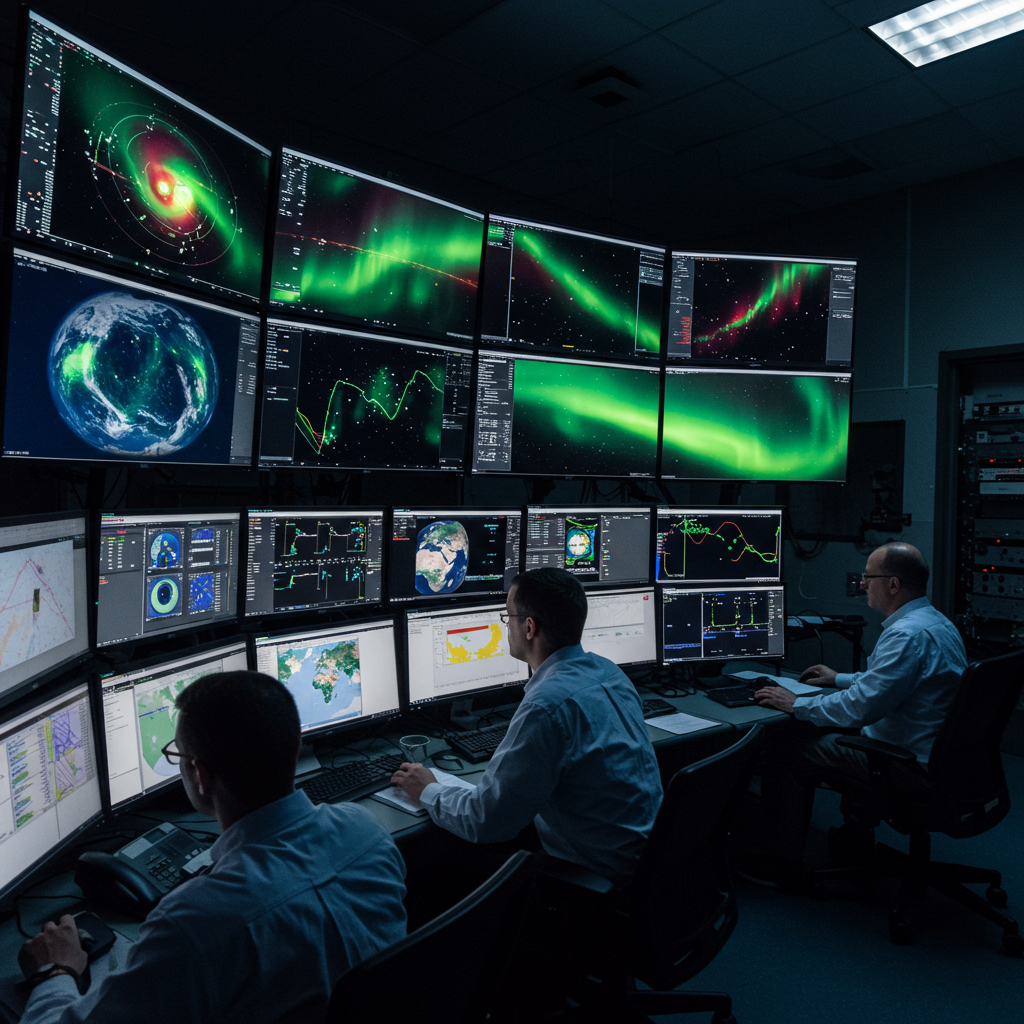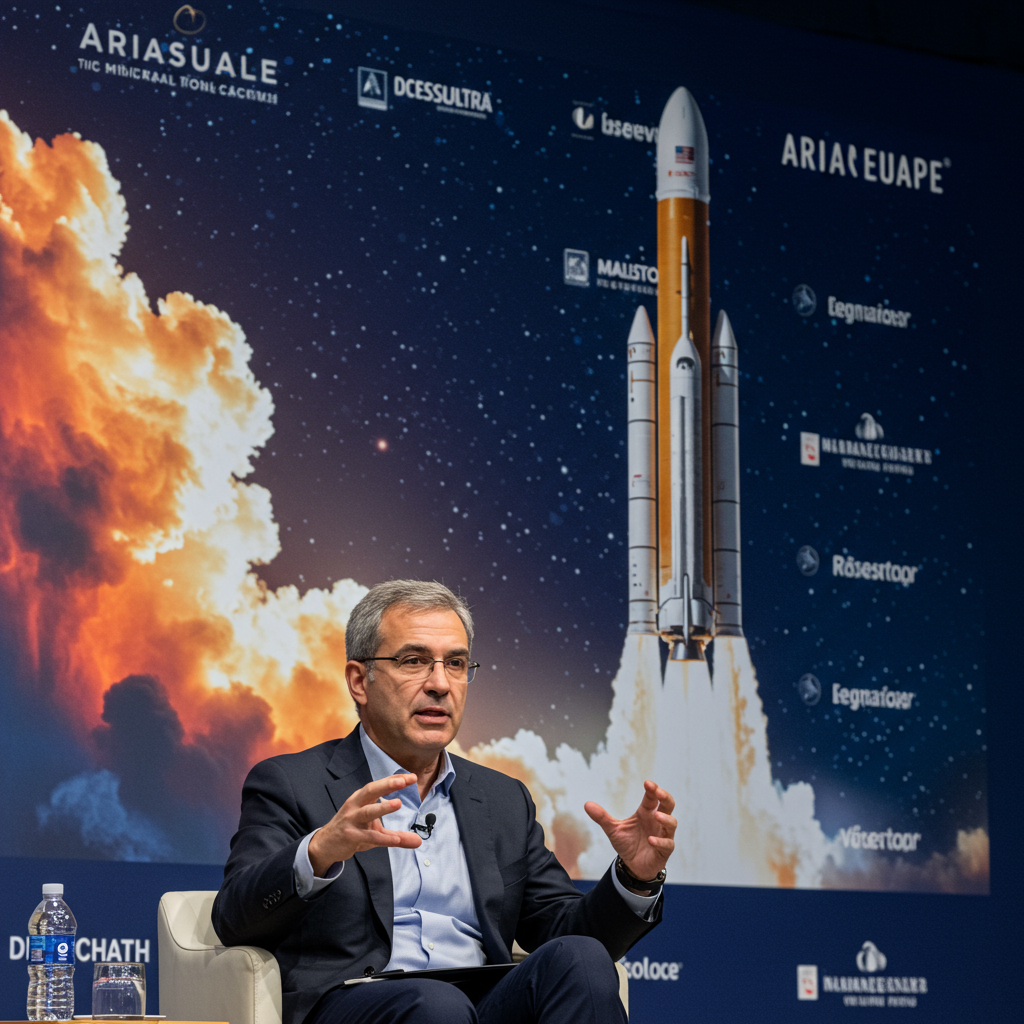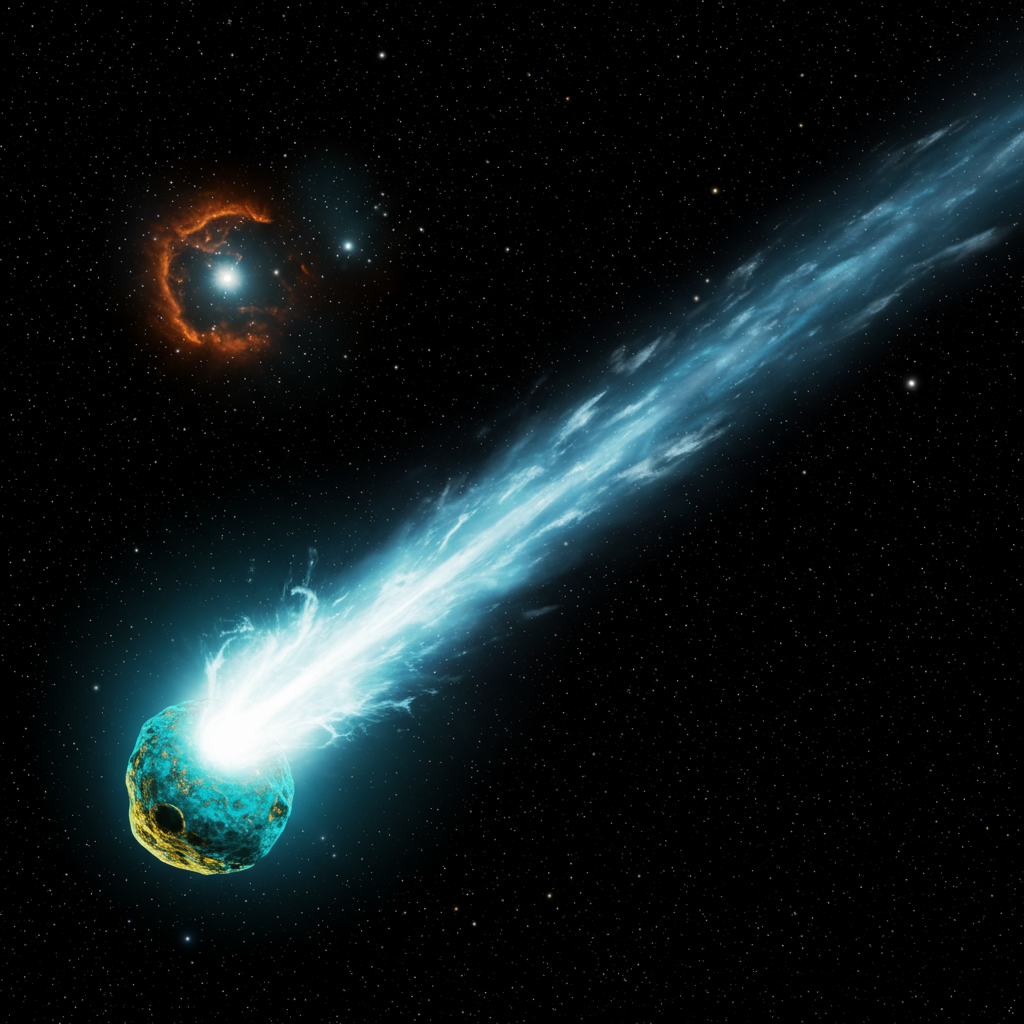An unexpected surge of space weather surprised Earth on April 23, 2023. This powerful geomagnetic storm painted vibrant auroras across latitudes as low as southern Texas. While space scientists anticipated some impact from a coronal mass ejection (CME) launched by the Sun two days prior, the storm’s severity defied initial predictions based on the preceding weak solar flare and the CME’s seemingly unremarkable speed and mass.
Why did this particular storm pack such a punch? And how can we get better at predicting these powerful events that impact our technology and even light up our skies? NASA’s heliophysics missions are providing crucial insights, helping scientists unravel the complex dynamics of space weather.
Unpacking the April 2023 Storm’s Intensity
New research published in the Astrophysical Journal sheds light on the surprising strength of the April 2023 event. Scientists utilized data from five heliophysics spacecraft strategically positioned across the inner solar system. These missions observed the CME from its eruption on the Sun to its arrival at Earth.
A key factor identified was the presence of a large coronal hole near the CME’s origin. Coronal holes are areas on the Sun where the solar wind, a constant stream of particles, flows much faster than usual. This rapid solar wind acted like a powerful current, researchers found.
“The fast solar wind coming from this coronal hole acted like an air current, nudging the CME away from its original straight-line path and pushing it closer to Earth’s orbital plane,” explained Evangelos Paouris from Johns Hopkins Applied Physics Laboratory, the study’s lead author. This nudge wasn’t the only effect. Paouris noted that the CME also rotated slightly during its journey. This rotation caused the CME’s magnetic fields to align opposite to Earth’s magnetic field. This opposing alignment is critical, allowing significantly more of the Sun’s energy to couple with and pour into Earth’s magnetic environment, drastically intensifying the resulting geomagnetic storm.
Beyond the Blast: Unexpected Cooling
The April 2023 storm held another surprise closer to home. NASA’s Global-scale Observations of Limb and Disk (GOLD) mission provided unprecedented data on Earth’s middle thermosphere. This atmospheric layer sits between 85 and 120 miles above us.
GOLD’s observations showed expected temperature increases during the storm. However, in the days after the storm subsided, GOLD revealed widespread cooling across its view over the Americas. Temperatures dropped by as much as 198 degrees Fahrenheit compared to pre-storm levels.
“Our measurement is the first to show widespread cooling in the middle thermosphere after a strong storm,” stated Xuguang Cai of the University of Colorado, Boulder, lead author of a paper on the GOLD findings published in JGR Space Physics.
This temperature change is more than just interesting science; it has practical implications. The thermosphere’s density, which is directly related to its temperature, affects the drag experienced by Earth-orbiting satellites and space debris. A cooler, less dense thermosphere means less drag. This can prolong the orbital life of satellites and debris, increasing the risk of orbital collisions. Understanding these post-storm atmospheric effects is vital for protecting the satellite infrastructure we rely on daily for communication, navigation, and weather monitoring.
The Quest for Better Space Weather Forecasts
Predicting exactly when a CME will cause a disruptive geomagnetic storm, known as being “geoeffective,” is a major challenge for space scientists. The April 2023 event highlighted that even seemingly modest CMEs can surprise us. Fortunately, NASA missions and cutting-edge techniques are improving our predictive capabilities.
Machine Learning for Geoeffectiveness
One promising avenue involves applying machine learning, a form of artificial intelligence. A study published in Solar Physics introduced GeoCME, a model trained to predict CME geoeffectiveness. Scientists fed the algorithm images of CMEs from the NASA/ESA Solar and Heliospheric Observatory (SOHO) spacecraft. They included images of the Sun before, during, and after the CMEs, along with information on whether each event resulted in a geomagnetic storm at Earth.
When tested on new SOHO data, the GeoCME model showed high accuracy. It correctly identified all 21 geoeffective CMEs in the test set and correctly classified 5 out of 7 non-geoeffective events.
“The algorithm shows promise,” commented NASA Goddard Space Flight Center heliophysicist Jack Ireland, who was not involved in the study. He emphasized the value of knowing if a CME will be geoeffective to safeguard space and ground-based technologies. This work demonstrates that machine learning is a feasible approach for improving geoeffective CME predictions.
Earlier Warnings from STEREO
Faster warnings are also crucial. Typically, our earliest direct measurements of an Earth-directed CME’s magnetic structure come from spacecraft positioned at Lagrange Point 1 (L1), about one million miles toward the Sun. This provides a warning time of only 10 to 60 minutes.
During the severe May 2024 geomagnetic storm – the strongest in over two decades – NASA’s Solar Terrestrial Relations Observatory (STEREO-A) spacecraft offered a unique opportunity. By chance, STEREO-A was located about 4 million miles closer to the Sun than L1 when several powerful CMEs merged and hurtled towards Earth.
According to a paper published in Space Weather, if STEREO-A had been used as an operational sentinel, it could have provided an accurate prediction of the storm’s strength 2 hours and 34 minutes earlier than a sensor at the standard L1 position. Eva Weiler of the Austrian Space Weather Office and lead author noted this was the first time a superstorm headed for Earth was observed by a spacecraft positioned closer to the Sun than L1.
These Lagrange points are special locations where the gravitational forces between the Sun and Earth balance, providing relatively stable spots for spacecraft. STEREO-A’s unique vantage point demonstrated the potential for future missions positioned even closer to the Sun than L1 to increase crucial warning times.
Predicting Flares with Flickering Loops
Beyond CMEs, predicting solar flares, intense bursts of radiation and charged particles, is another critical area. Researchers using data from NASA’s Solar Dynamics Observatory (SDO) have identified a potential new predictor. They studied coronal loops, magnetic arch structures rising from the Sun’s active regions where flares originate.
By analyzing SDO observations in extreme ultraviolet light, they found that coronal loops above regions about to produce a large flare exhibit erratic, “chaotic” brightness fluctuations – a flickering effect. This flickering appears hours before a flare and could potentially signal an oncoming large flare 2 to 6 hours in advance with 60-80 percent accuracy. This novel approach focuses on identifying periods of chaotic behavior rather than consistent trends, offering a new metric for prediction. Improved flare prediction is vital for astronaut safety and protecting satellites.
The Beauty and Impact of Space Weather
Geomagnetic storms, triggered by these powerful solar events like CMEs, are the driving force behind one of Earth’s most spectacular phenomena: the auroras, or Northern and Southern Lights. When charged particles from space weather interact with Earth’s magnetic field and upper atmosphere, they excite atoms, causing them to emit light high above the clouds.
To witness these stunning displays, you need specific conditions: a high, polar latitude location; clear skies; sufficient space weather activity at your location; and a good dose of patience and luck. Statistically, the equinox months of March and September often offer the best chances, frequently peaking around midnight. During intense solar activity, auroras can be visible from sunset to sunrise. Even a smartphone camera can help detect faint auroras before they are easily visible to the naked eye.
Resources like the NOAA Space Weather Prediction Center and citizen science projects such as Aurorasaurus.org provide data and alerts to help aurora enthusiasts improve their chances of seeing the lights. Finding a safe, dark location with an unobstructed view of the northern (or southern) horizon is also key.
Understanding and predicting space weather, from the complex magnetic dynamics of a CME to the subtle flickering of coronal loops, is essential work driven by NASA’s fleet of heliophysics missions. These efforts protect our vital technological infrastructure in space and on Earth and enhance our understanding of the dynamic relationship between our Sun and planet.
Frequently Asked Questions
What caused the April 2023 solar storm to be unexpectedly strong?
Scientists using data from multiple NASA missions found that the April 2023 geomagnetic storm’s surprising intensity was likely due to the specific orientation of the incoming coronal mass ejection (CME). Fast solar wind from a nearby coronal hole nudged the CME, causing it to rotate. This rotation aligned the CME’s magnetic fields opposite to Earth’s magnetic field, allowing more solar energy to transfer into Earth’s magnetic environment and amplifying the storm’s power.
How do solar storms affect satellites, and what did NASA’s GOLD mission discover?
Solar storms heat and expand Earth’s upper atmosphere, particularly the thermosphere. This increases drag on satellites, potentially causing them to deorbit faster. NASA’s GOLD mission made a surprising discovery after the strong April 2023 storm: the middle thermosphere experienced widespread cooling and contraction after the storm ended. This reduces drag, which could cause satellites and space debris to stay in orbit longer than expected, increasing the risk of collisions.
What tools and resources are available to help predict or see space weather effects like auroras?
Forecasting space weather and its effects is improving thanks to NASA missions and new techniques like machine learning models (such as GeoCME for predicting CME geoeffectiveness) and analyzing data from spacecraft like STEREO-A for earlier warnings. For the public interested in seeing auroras caused by space weather, resources like the NOAA Space Weather Prediction Center offer data and forecasts. Citizen science projects like Aurorasaurus.org provide alerts and help track aurora sightings, aiding enthusiasts in finding the best times and locations to view the Northern or Southern Lights.
*




